Indian-American Astronaut Sunita Williams Embarks on Third Space Mission
NASA astronauts Sunita “Suni” Williams and Barry “Butch” Wilmore embarked on the first test mission of the Boeing Starliner to the International Space Station (ISS) on Wednesday. The spacecraft launched aboard the United Launch Alliance’s Atlas V rocket from Cape Canaveral Space Force Station in Florida at 10:32 a.m. It is scheduled to dock at the ISS around 9:45 p.m. IST (Indian Standard Time).

The test flight marks Sunita Williams’s third trip to space and a historic first, as she becomes the first woman to pilot a spacecraft on its maiden mission. Throughout their stay on the ISS, the pair will conduct a number of tests to assess the effectiveness and maneuverability of the ship. A total of 760 pounds of cargo, in addition to the two astronauts, are being transported by the spaceship to the ISS.
Starliner to the stars! ✨
At 10:52am ET, @BoeingSpace #Starliner lifted off on a @ULALaunch Atlas V for the first time with @NASA_Astronauts aboard. This Crew Flight Test aims to certify the spacecraft for routine space travel to and from the @Space_Station. pic.twitter.com/WDQKOrE5B6
— NASA (@NASA) June 5, 2024
Originally planned for last month, the space mission was postponed when engineers found anomalies in the satellite navigation system and a leak of helium in the spacecraft’s combustion chamber. Since then, both problems have been fixed.
Just moments before liftoff, Williams radioed mission control with the message, “Let’s go, Calypso. Take us to space and back,” referring to the Boeing Starliner capsule.
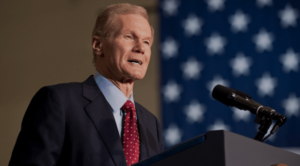
NASA Administrator Bill Nelson had announced earlier today that the spacecraft had reached Earth’s orbit and was en-route to the ISS. He also mentioned that both astronauts were performing in-flight tests as instructed.
He posted on X, stating, “Today’s launch is a milestone achievement for the future of spaceflight. Butch and Suni—safe travels through the stars. See you back home.”
NASA’s ISS Mission to Pave the Way for Reusable Space Capsules
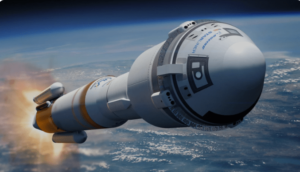
Williams and Wilmore are currently scheduled to perform numerous technical tasks while aboard the ISS during their weeklong stay. The two astronauts will conduct various tests and equipment checks, including manual control of the spacecraft, launching and docking procedures, and other maneuverability-related tasks.
They will also meet the Expedition 71 crew, which includes Jeanette Epps, Michael Barratt, Tracy C. Dyson, and Matt Dominic, as well as Roscosmos (Russian Space Agency) cosmonauts Alexander Grebenkin, Nikolai Chub, and Oleg Kononenko.
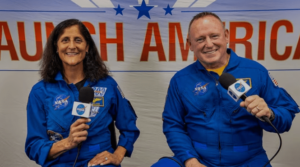
NASA has announced that the final test for the Starliner space capsule will involve re-entry into Earth’s atmosphere, scheduled for next week. The craft is set to make a parachute- and airbag-assisted landing in the southwestern United States on June 10.
If successful, NASA will set a precedent by completing the development of reusable space shuttles capable of carrying humanity to space and beyond.
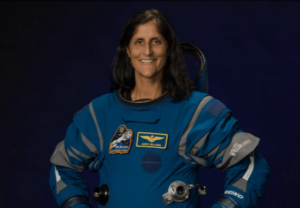
A seasoned space veteran, 58-year-old Sunita Williams was initially recruited by NASA in June 1998. With two prior expeditions under her belt, Expeditions 14/15 and 32/33, Williams has accrued 50 hours and 40 minutes of cumulative EVA (Extravehicular Activity) time across seven spacewalks, totaling 322 days spent in space on these two missions. During her tenure onboard, she also set a world record for women astronauts at the time, completing four spacewalks.
At 61 years old, Commander Barry Wilmore boasts over 178 days in space and has logged more than 25 hours and 36 minutes during four spacewalks.
Musk Congratulates NASA for Successful Boeing Starliner Launch
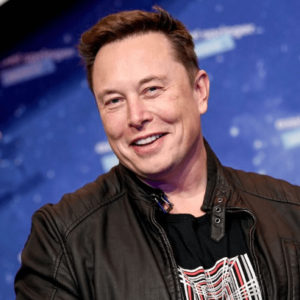
Back in 2014, NASA awarded contracts to Boeing and SpaceXfor developing commercial means to send astronauts into space within budget constraints. Despite setbacks, both companies delivered on their promises, with SpaceX achieving the milestone first with the launch of the “Dragon Crew” spacecraft in May 2020.
Wednesday’s launch marks the Boeing Starliner’s second attempt at space travel since a failed endeavor in 2019 due to a navigational equipment malfunction. It also marks the spacecraft’s first manned space mission, in contrast to its previous unmanned one.











